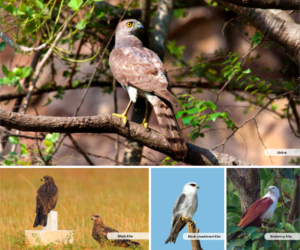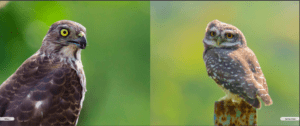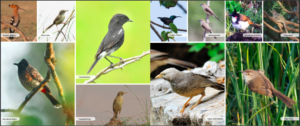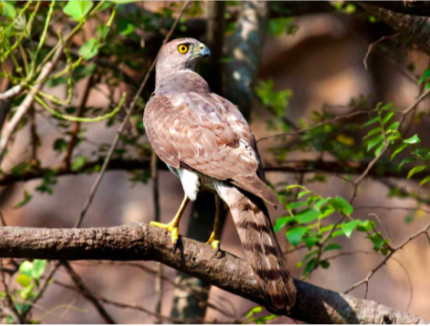Wherever there is deep water there are ducks and terns. At least 10 species of ducks have been recorded from the marsh. These include resident ducks like the Spot-billed Duck and migrants such as the Northern Pintail and Garganey. The population of ducks swells during the winter months. Seven species of terns and the Indian Skimmer have been observed. White-winged Tern is one of the migrants. Whiskered Tern is probably the most common and seen throughout the year. The large Caspian Tern has also been observed.
The mudflats are ideal habitats to many species of waders. Most of the waders are migratory visiting from temperate regions some from far north including the Arctic region. Common waders are the Black- winged Stilts. These birds occasionally breed in the marsh. However, the population peaks during winter. Migratory waders that are common are the Little Stint, Ruff, Black-tailed Godwit, Pied Avocet and the Wood Sandpiper. These birds can be seen in hundreds during the right season subject to availability of water. Rare waders sighted in the marsh include the Great Knot.
Fifteen species of storks, herons, egrets and bitterns are known from the marsh. Unlike the waders they feed in slightly deep waters often preferring the edges of vegetation. The bitterns rarely expose themselves, hiding among the dense Cattails. Further, with the exception of the White Stork and Woolly-necked Stork, all species are resident. These birds can be seen throughout the year if there is sufficient water.
The marsh is also unique as some of the aquatic birds that are not so common in the State are seen in good numbers here. The Fulvous Duck is very rare as we travel south, but is common here and may even breed locally in the marsh. Similarly, the migratory Grey-headed Lapwing is quite abundant during the winter season, which is also one of the early visitors to the marsh.





Leave a Reply